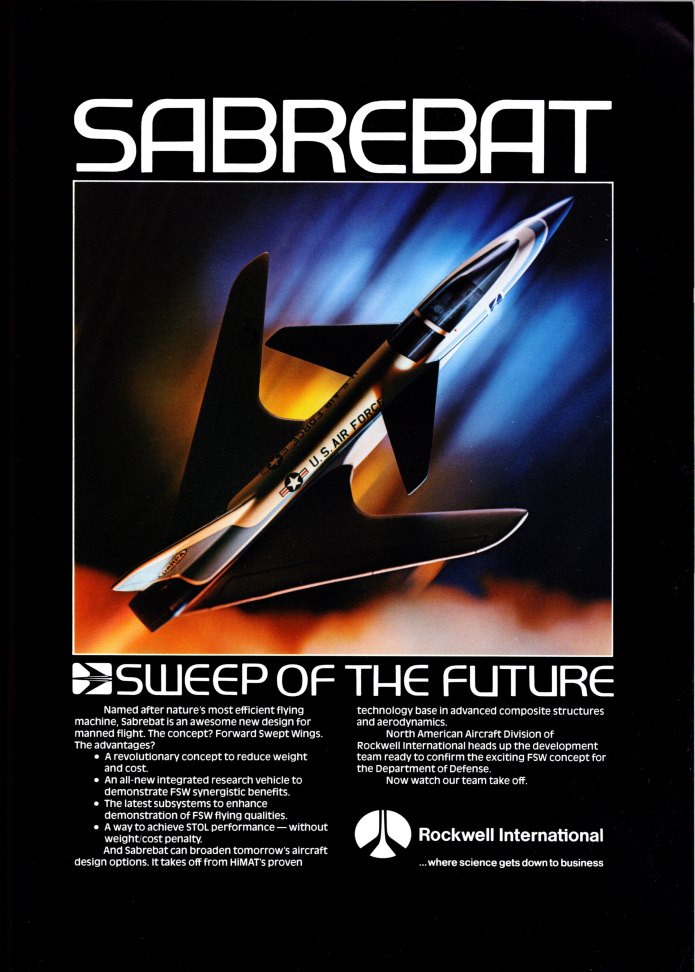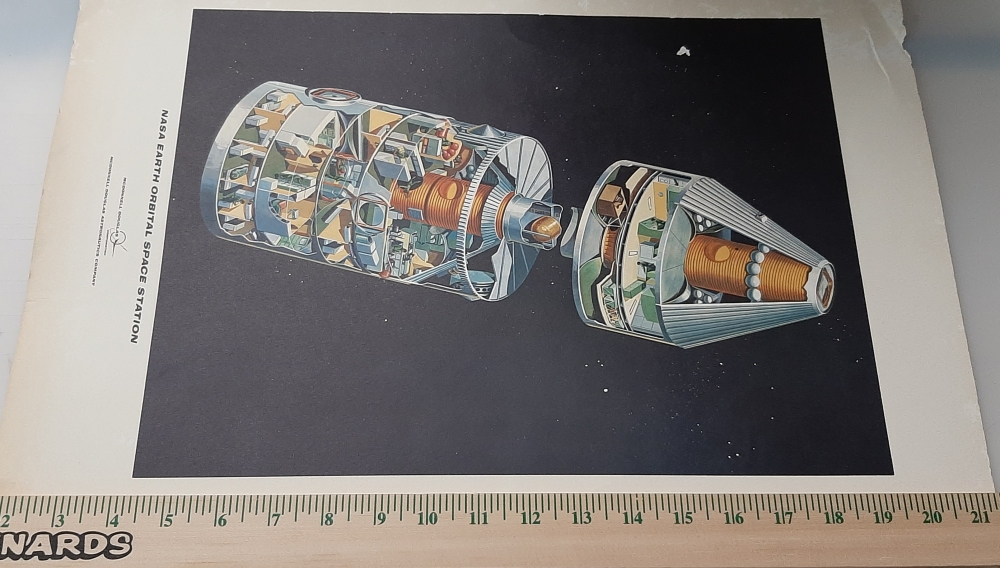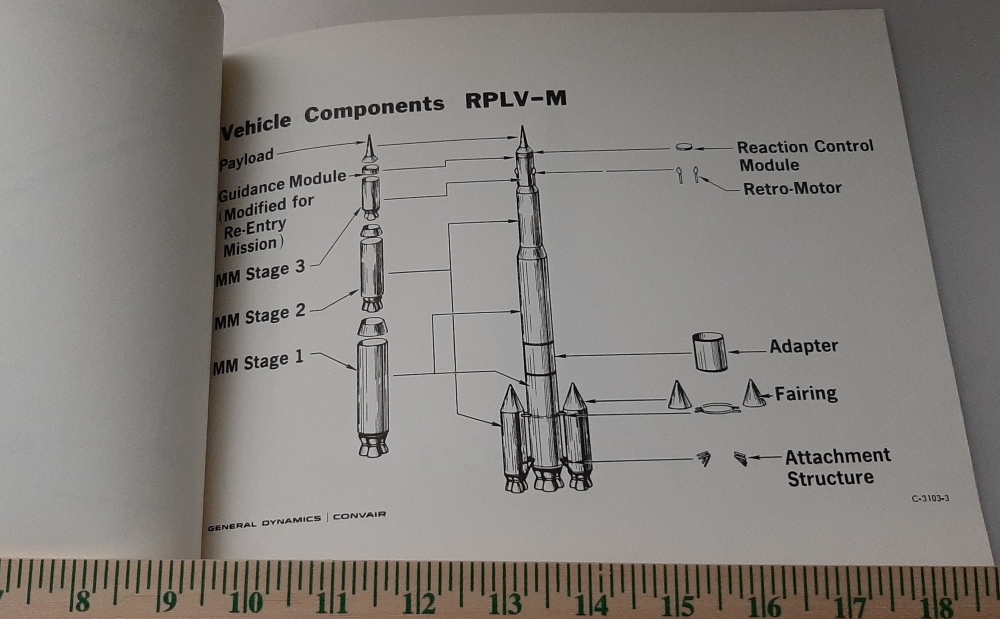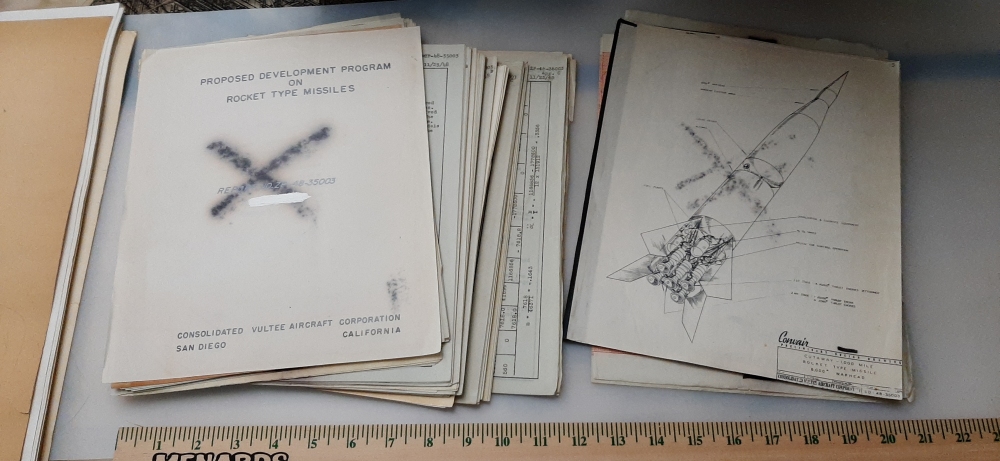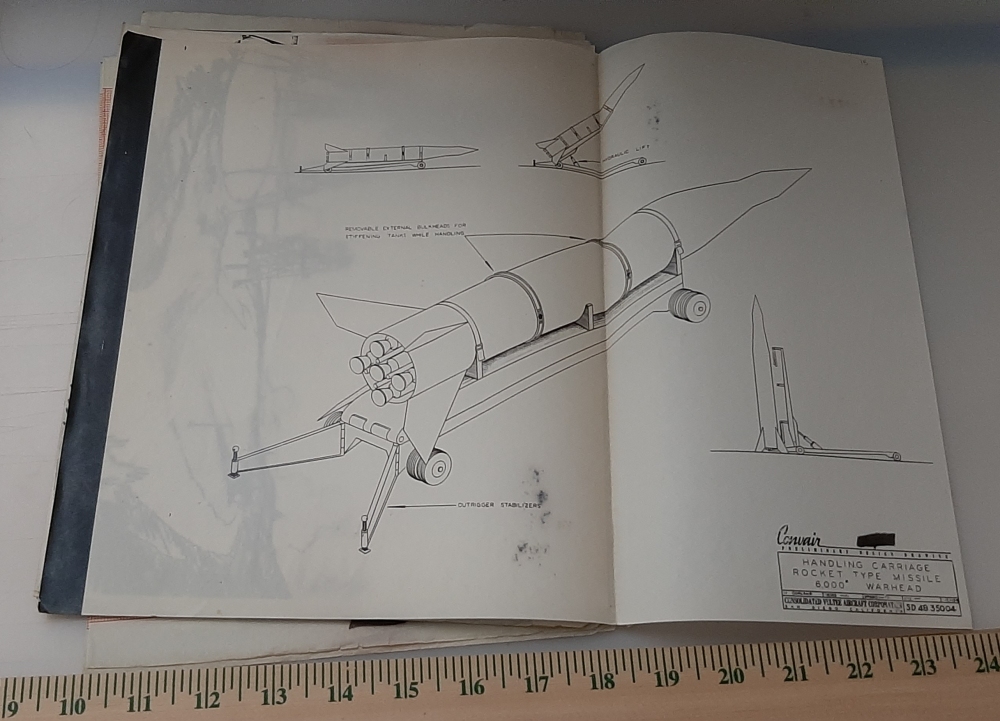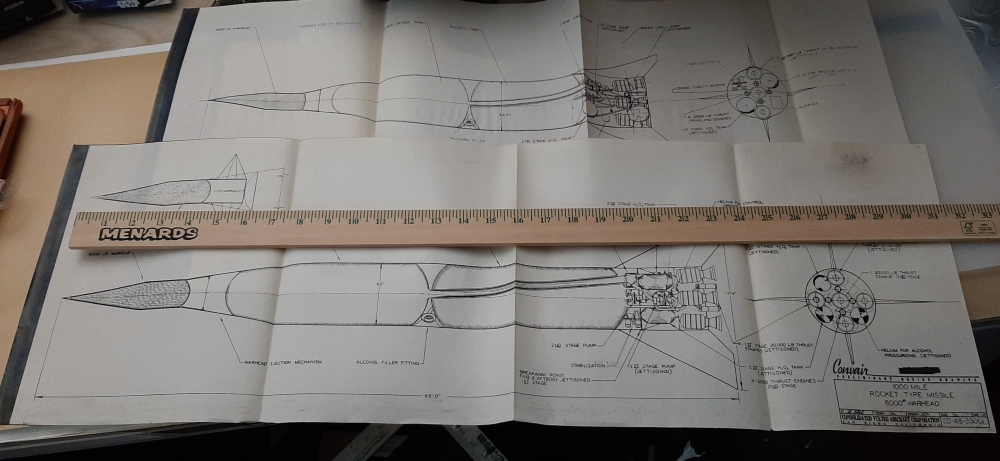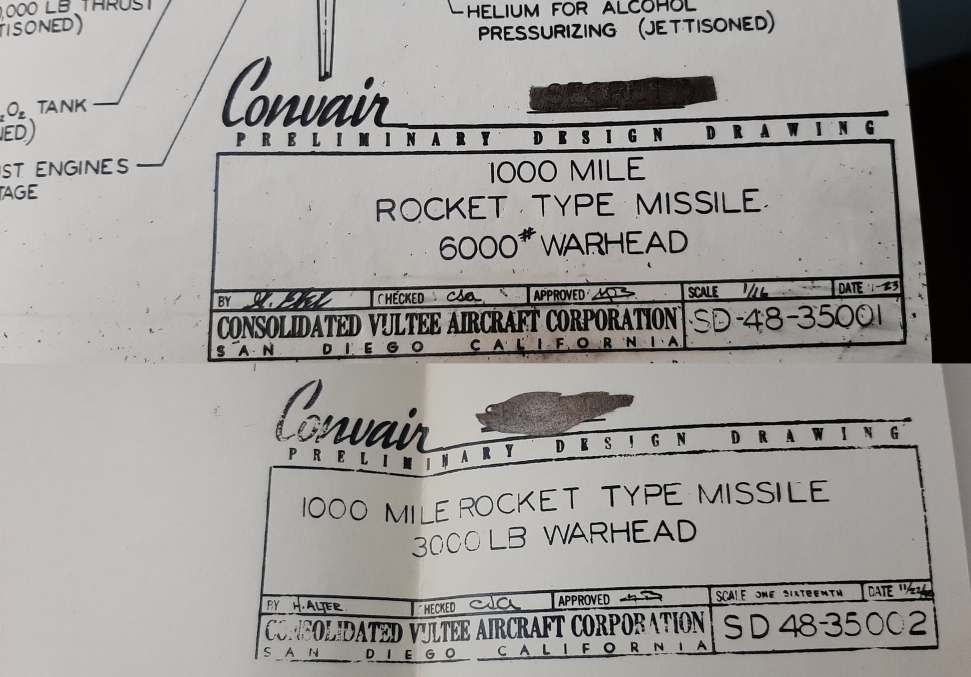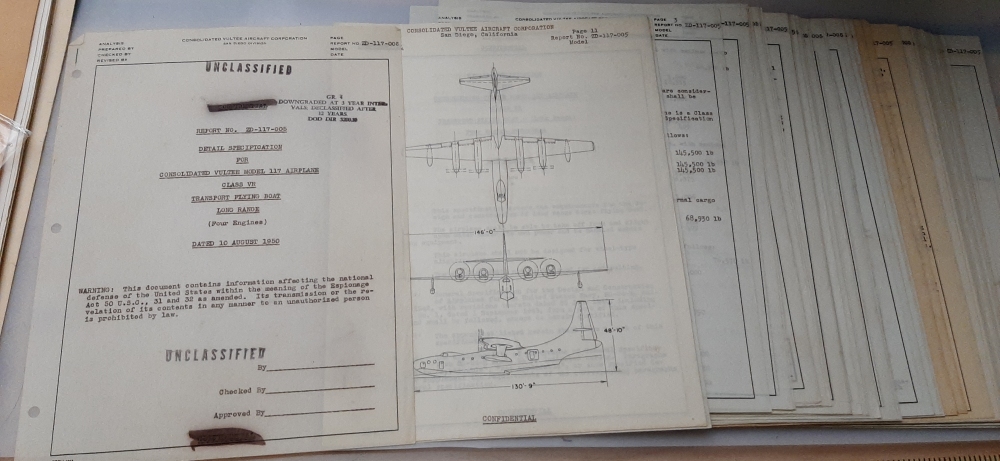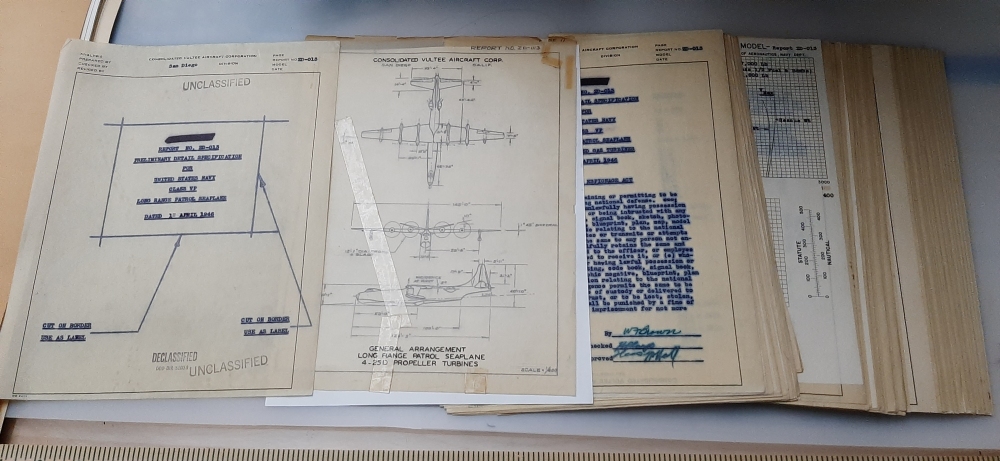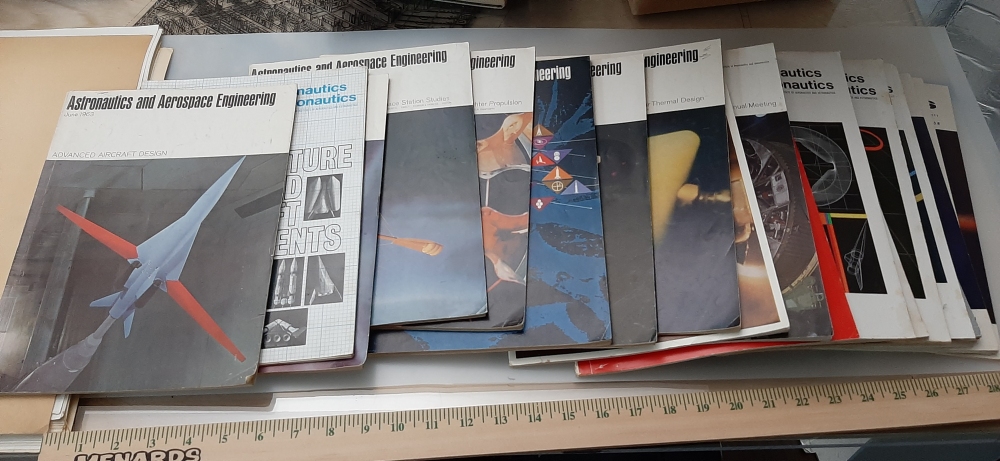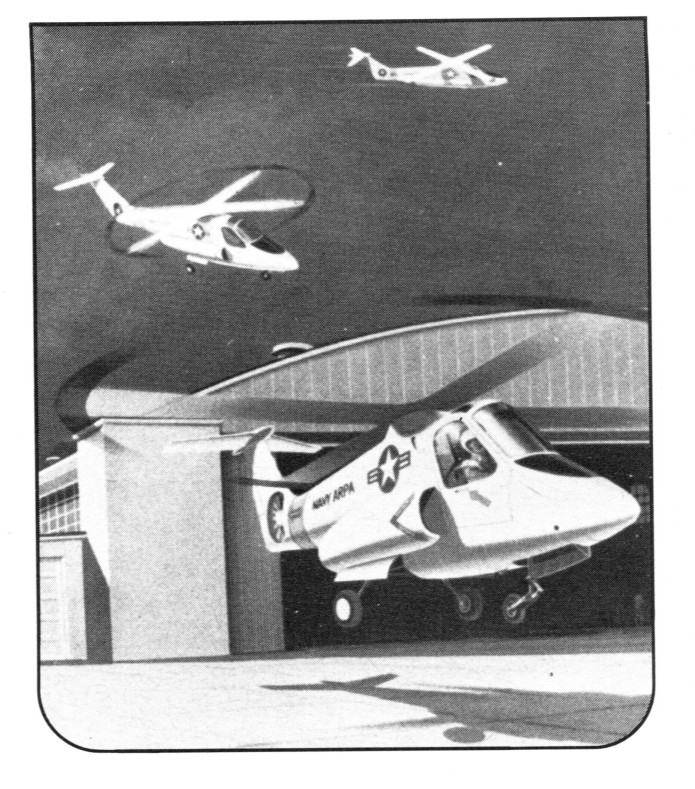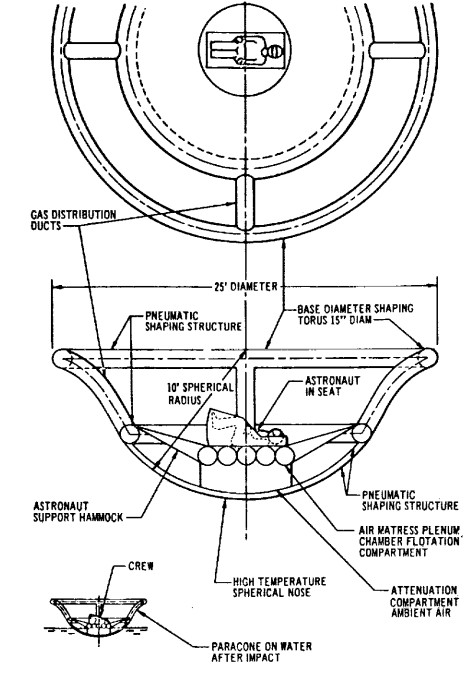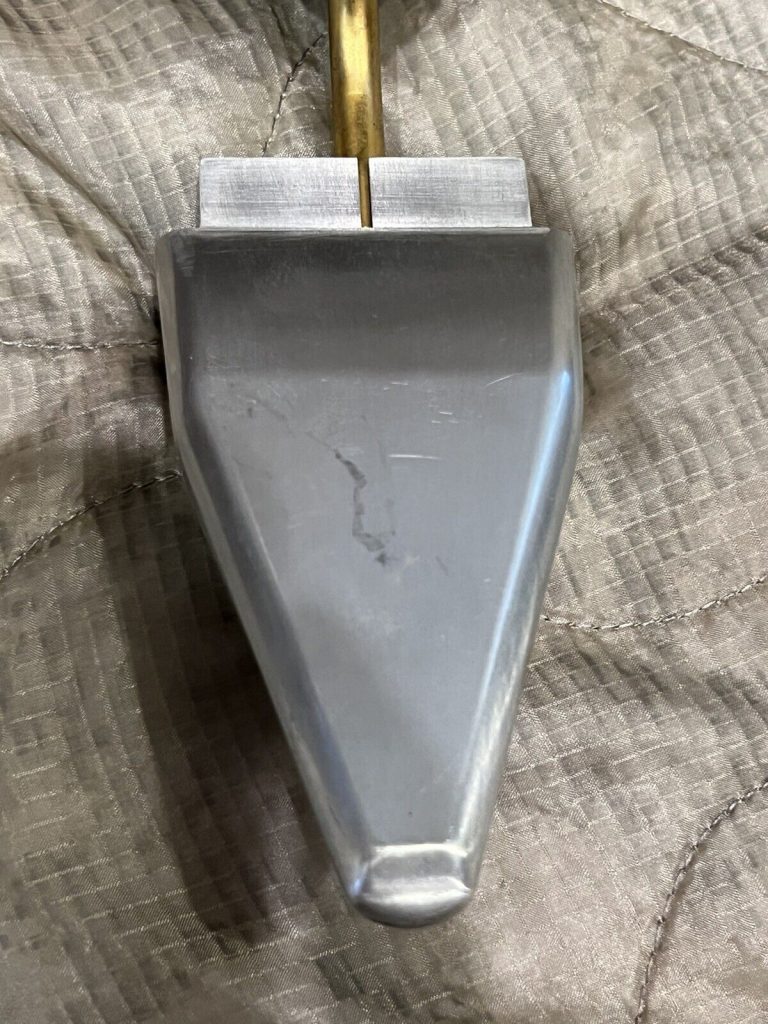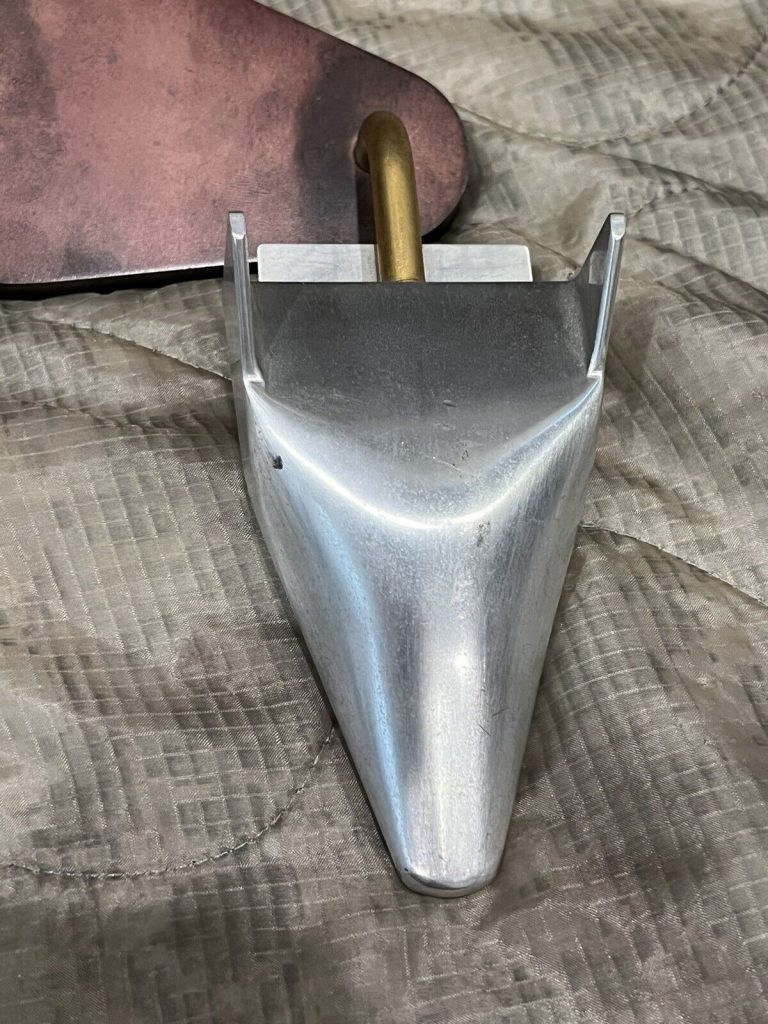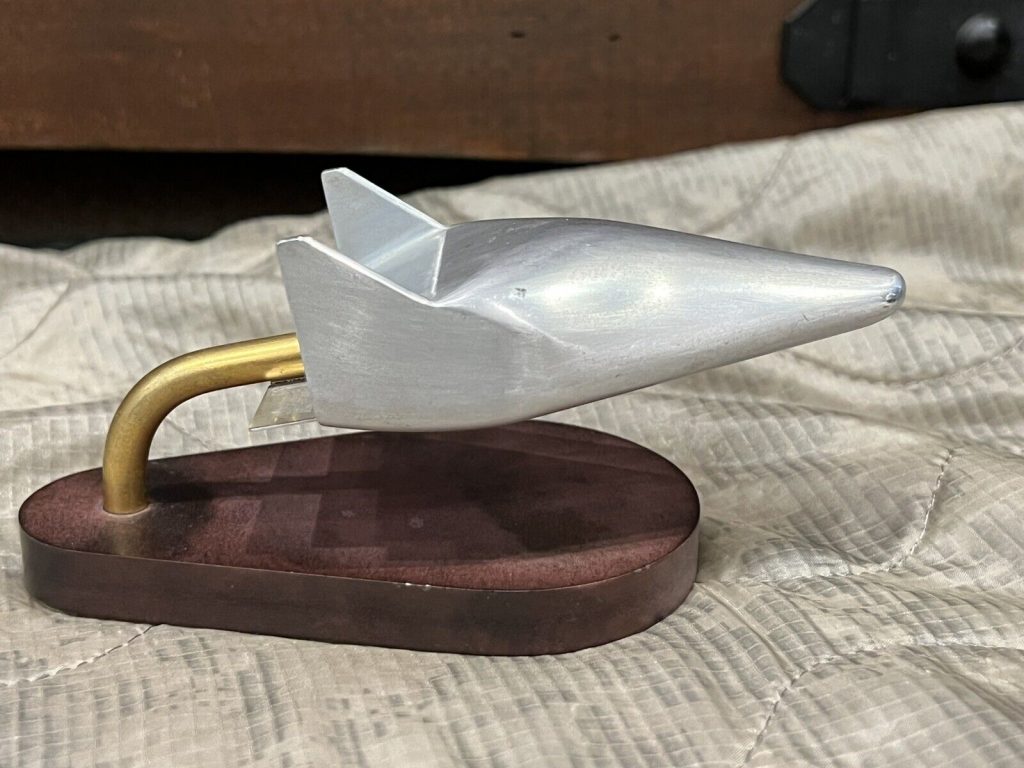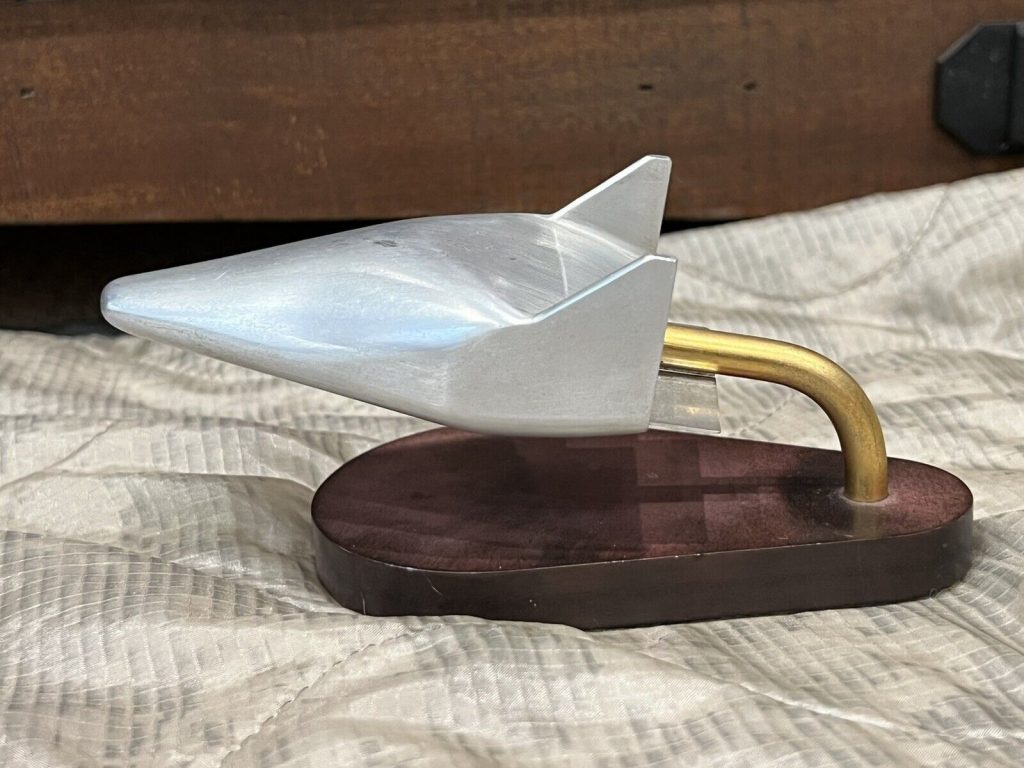So after having the 3D printer for a while and running a *lot* of resin through it, I have achieved some good things. I’ve learned enough to know that there are some things that I plan on producing as full 3D-printed kits, some to be converted into metal castings. I have a few product lines that I want to do:
1: 1/285 (wargaming scale) “minis” of a range of appropriately sized unusual, rare, interesting and projected aircraft/spacecraft
2: “Mini”-sized, but of various scale, aircraft and spacecraft to go with each issue of US Aerospace Projects
3: 1/18 scale models of each American nuclear bomb/warhead/re-entry vehicle. This will range from the downright dinky to the “I’m not sure how to squeeze this out of the printer,” like the Mk 17 and the Flashback. I’ve successfully printed prototypes of the Fat Man and Little Boy A-bombs in 1/18, but they need to be revised.
4: Just whatever strikes my fancy by way of interesting aerospace/sci-fi concepts.
The eventual 3D printed kits will be pricier than if they were cast resin “garage” kits, but this will allow me to make them on demand. I hope there is interest in this sort of thing. To that end, and to help refill my depleted coffers, I’m making available a “crowdfunding” project with three levels. What you will receive are the actual 3D printed components. Each level builds on the prior… Level 2 gets you the Level 1 stuff, Level 3 gets you 1 and 2. No additional postage is required for continental US address… Hawaii, Alaska, Canada, the rest of the world, contact me and I’ll work out the additional postage cost.

Note: many of these are “prototype” kits, with revisions and improvements possible or even probable. And some of these are not planned to be released further. This will be your only chance to get them, at least in this format.
Level 1. You will receive:
1/285 X-20 Dyna Soar spaceplane
1/285 XF-103 Mach 3 interceptor
1/285 Project Pluto nuclear ramjet
1/285 X-15 set (X-15, X-15A2, X-15A3, X-15/SERJ)
1/18 Davy Crockett battlefield atomic warhead w/stand
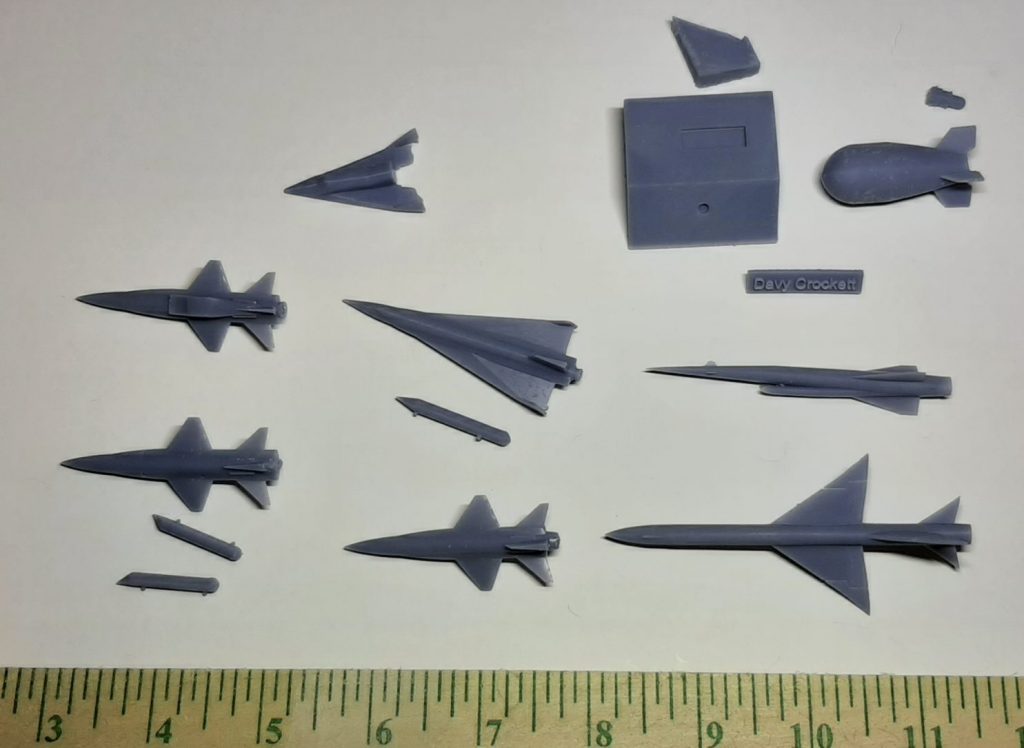
Crowdfund level 1: $60 in the continental US:
——–
Level 2. You will receive:
1/18 US Atomic Artillery Shells w/stand
1/144 X-20 Dyna Soar
1/18 M61 Vulcan Gatling Gun w/stand
1/18 Mk 72 Nuclear Warhead/Re-Entry Vehicle
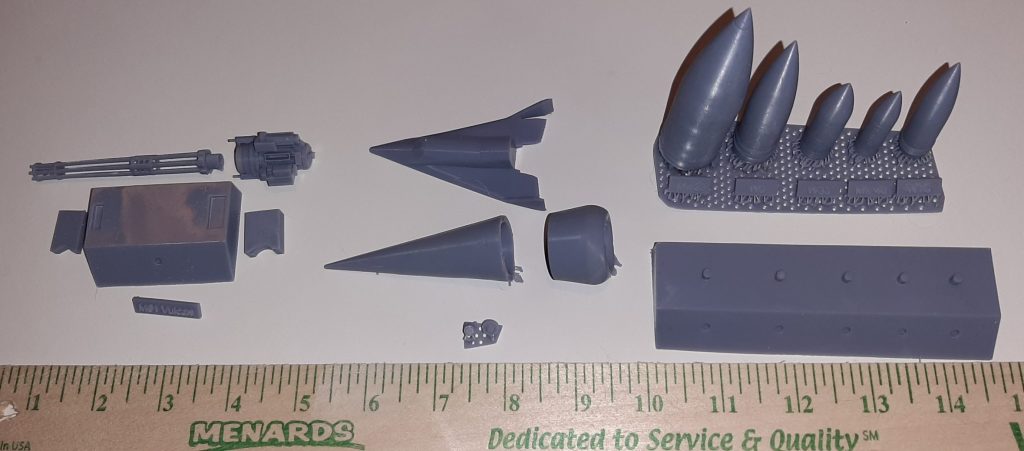
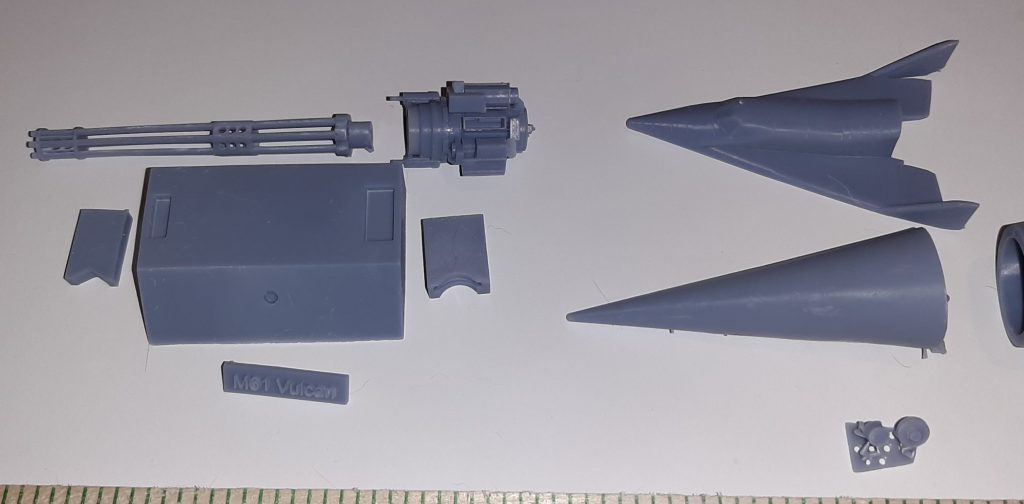
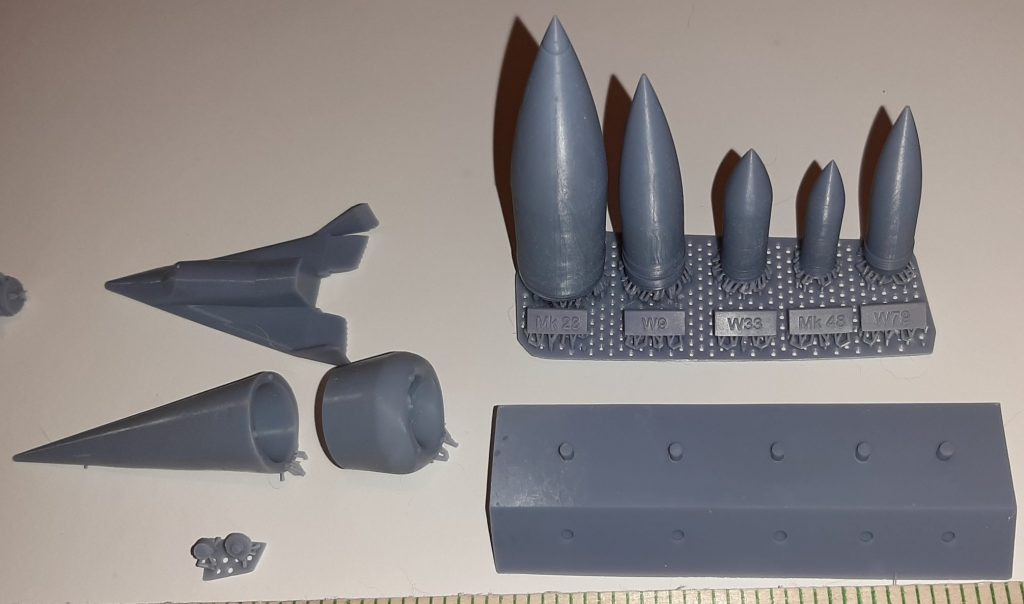
Crowdfund level 2: $100 in the continental US:
——–
Level 3. This part will not ship immediately, as some of it remains unfinished. You will receive:
1/285 XF-103 w/missiles
1/350 Orion Nuclear Pulse Vehicle (with stand… not yet finalized)
1/2000 Aldebaran Concept Vehicle
Cast Metal 1/285 X-20 + XF-103 + X-15 + Pluto: Depending on the success of the casting process. Not all are guaranteed.
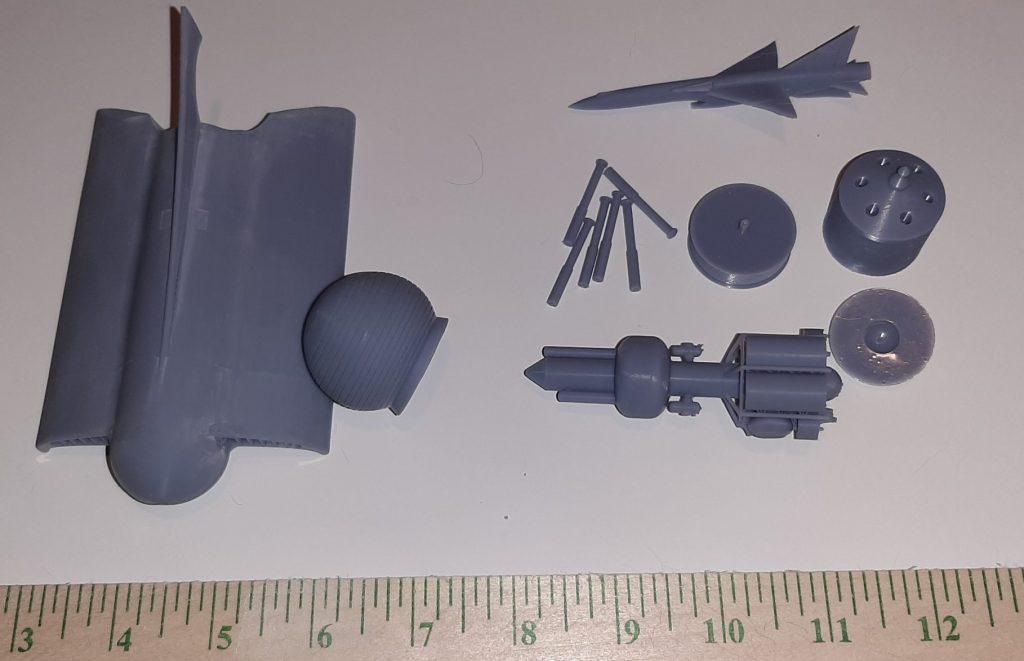
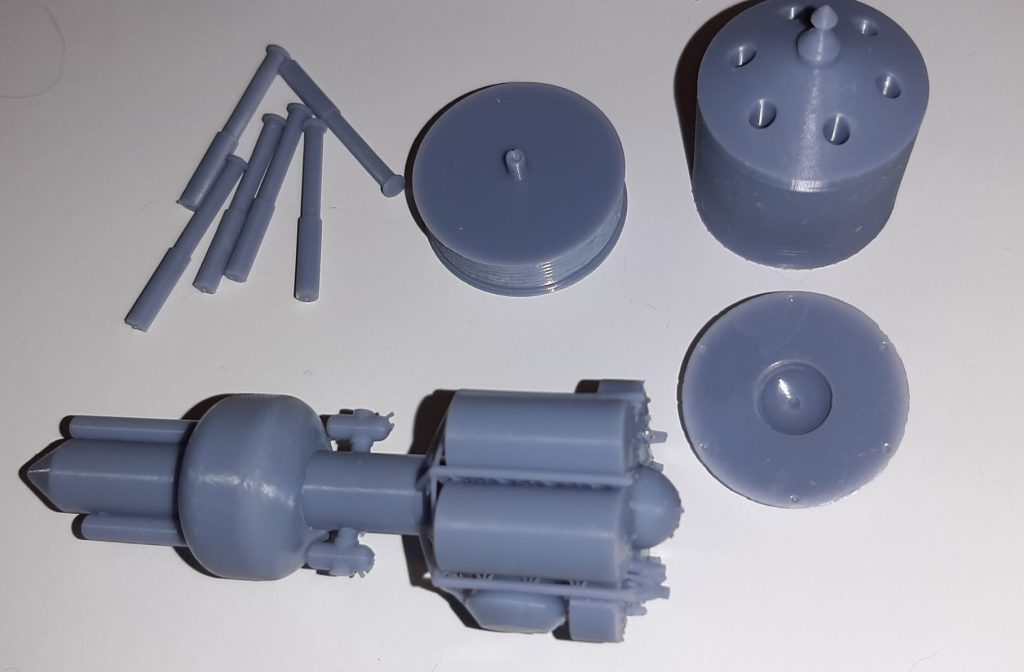
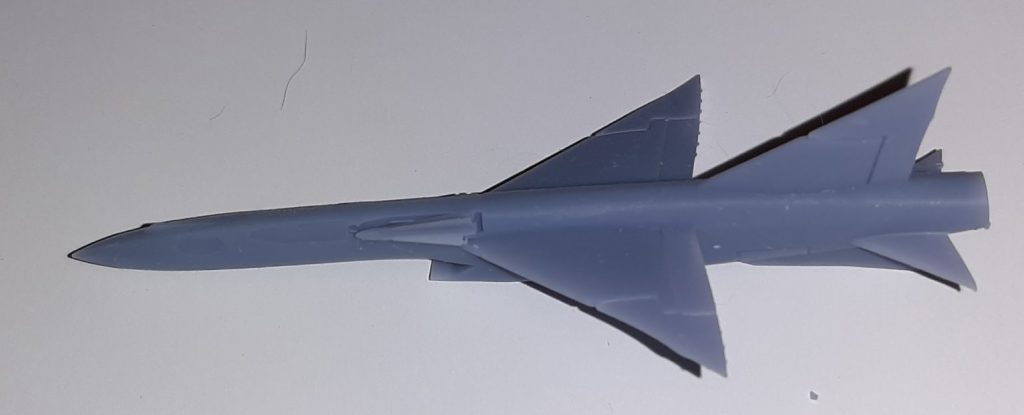
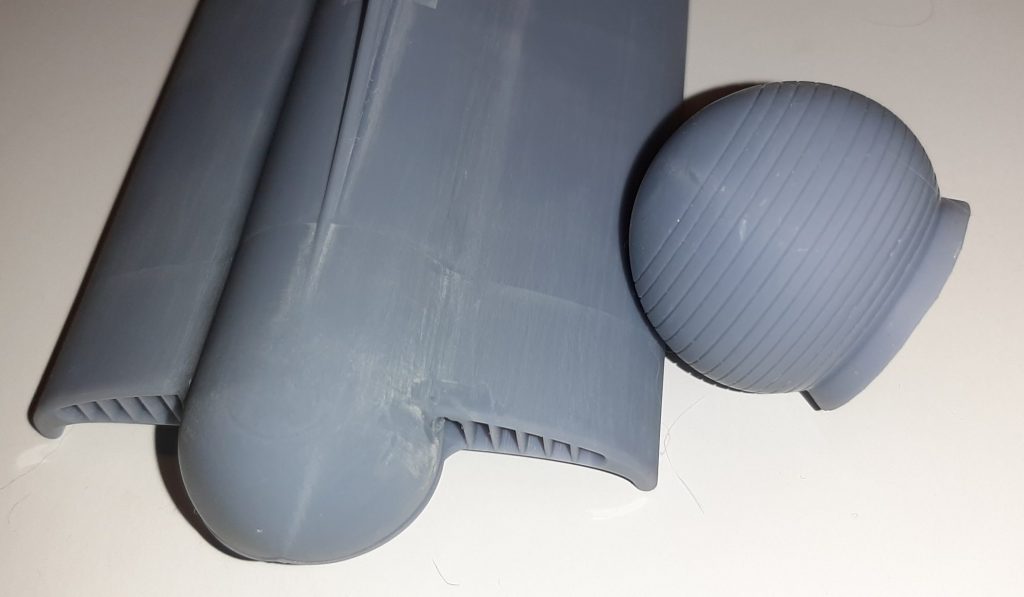
Crowdfund level 3: $200 in the continental US:
——–








